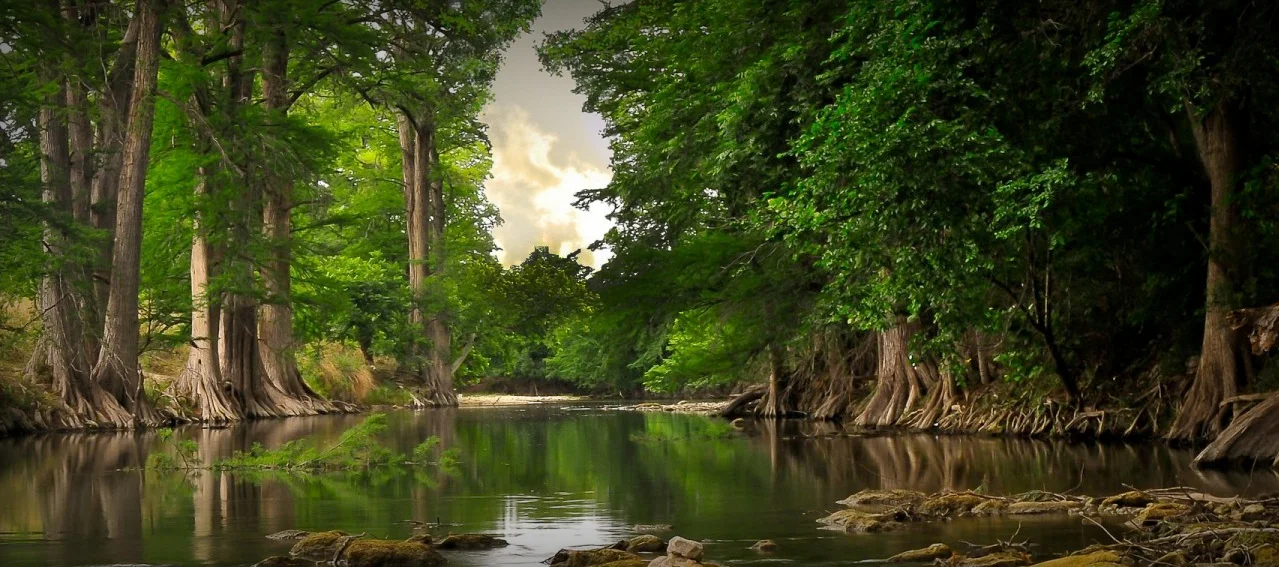The Emerald Ash Borer Lifecycle - What To Know
/The emerald ash borer lifecycle length depends on several factors. Temperature, the time of oviposition, and the overall health of the tree all determine the borer lifecycle. As a result, the cycle can last between 1-2 years.
The Emerald Ash Borer Lifecycle
Adult beetles emerge from trees after 400-500 accumulated growing degree days (GDD) of 10˚C (50˚F). Peek emergence, however, does not occur until 1000 GDD. The beetles typically grow to 8.5 millimeters (0.33 in) long and 1.6 millimeters (0.063 in) wide, and appear bright metallic green in color. Once they emerge, the adults will feed on ash leaves in the canopy for one week before mating begins. Males hover around the trees and locate females via visual cues. The mate will then land directly on top of the female to begin the mating process, which can last up to 50 minutes. Females live for up to six weeks and lay between 40-70 eggs, often taking on multiple partners. Some females that live longer can lay up to 200 eggs.
Eggs hatch two weeks after being deposited in cracks, crevices, or flakes in the bark. The eggs are approximately 0.6-1.0 millimeters (0.02-0.04 in) in diameter. They gradually change color from white to red-brown if fertile. Larvae feed and develop in the outer xylem after hatching and chewing through the bark, inner phloem, and cambium.
The emerald ash borer lifecycle has four larval in-star phases. Larvae feed to create long serpentine galleries. Larvae that have matured to the fourth in-star phase are between 26-32 millimeters (1.0-1.3 in) long. These larvae excavate and burrow into small cells about 1.25 centimeters (0.49 in) in the outer bark or sapwood, and fold into a J-shape. They then shorten to prepupae and develop into pupae and finally adults the next spring. Adults chew holes from their cells through the bark to exit the tree. Consequently, this leaves a D-shaped exit hole in the bark. Furthermore, immature larvae can overwinter, but must have another summer to feed before overwintering again to emerge as adults the next spring.

